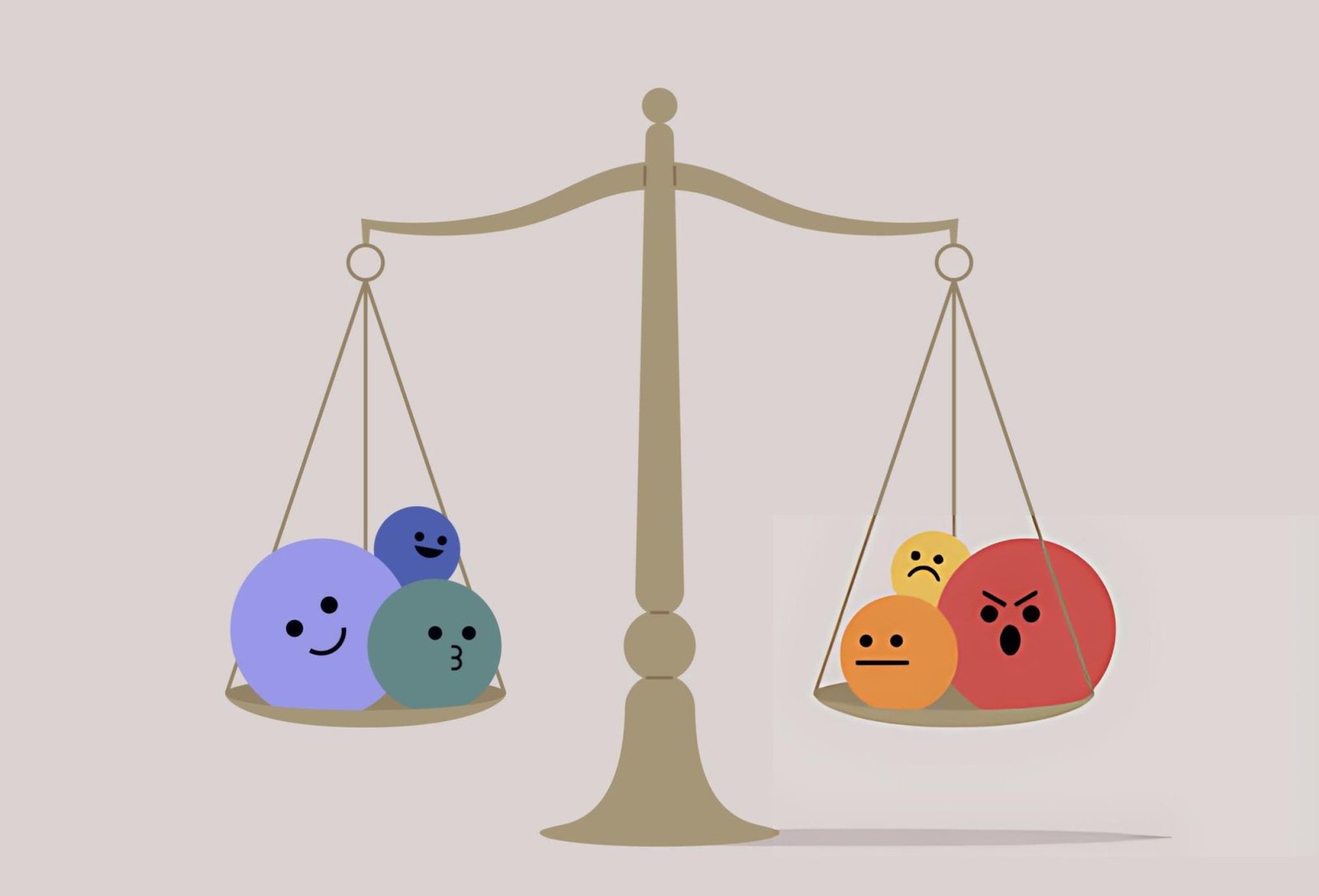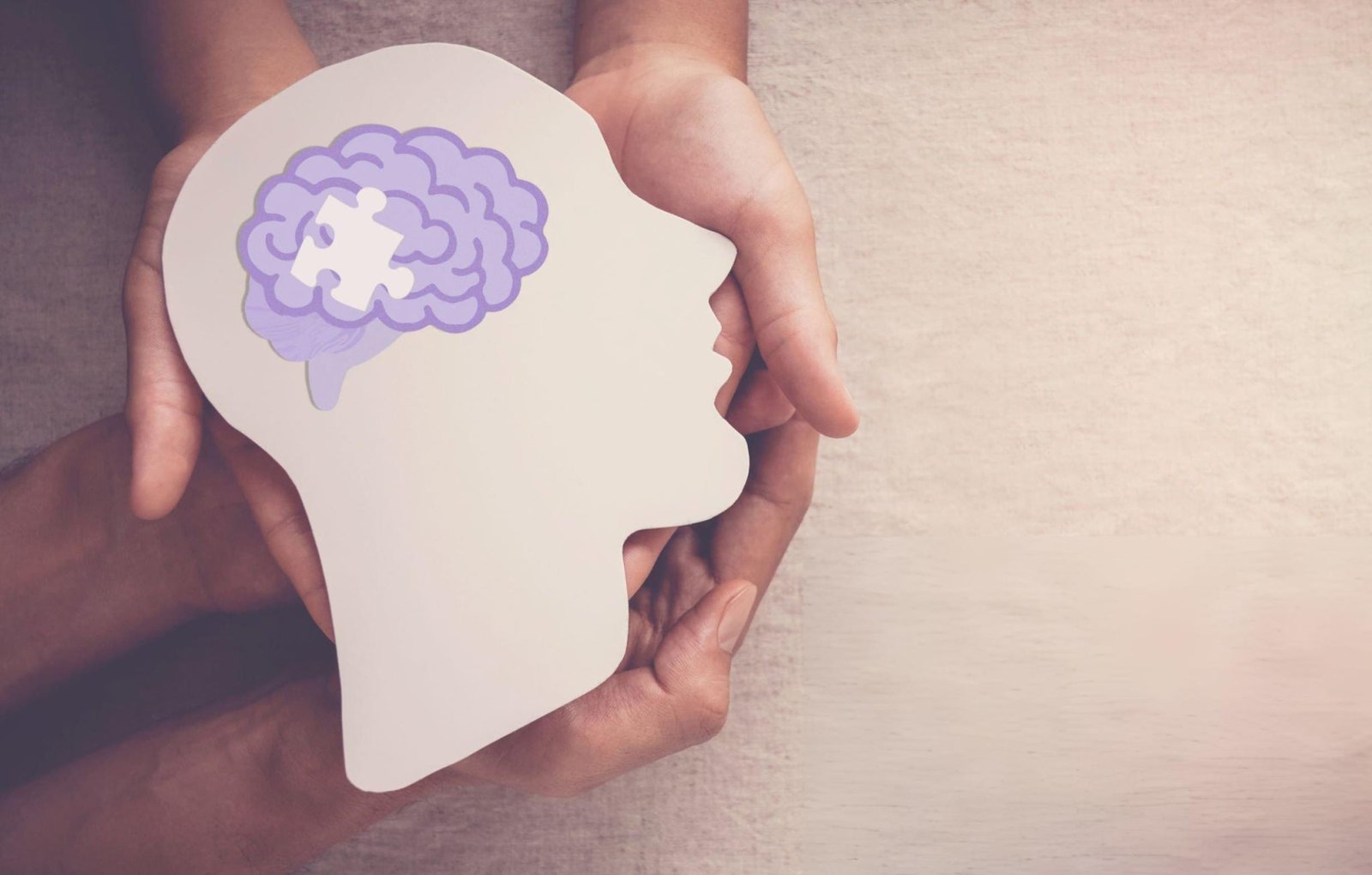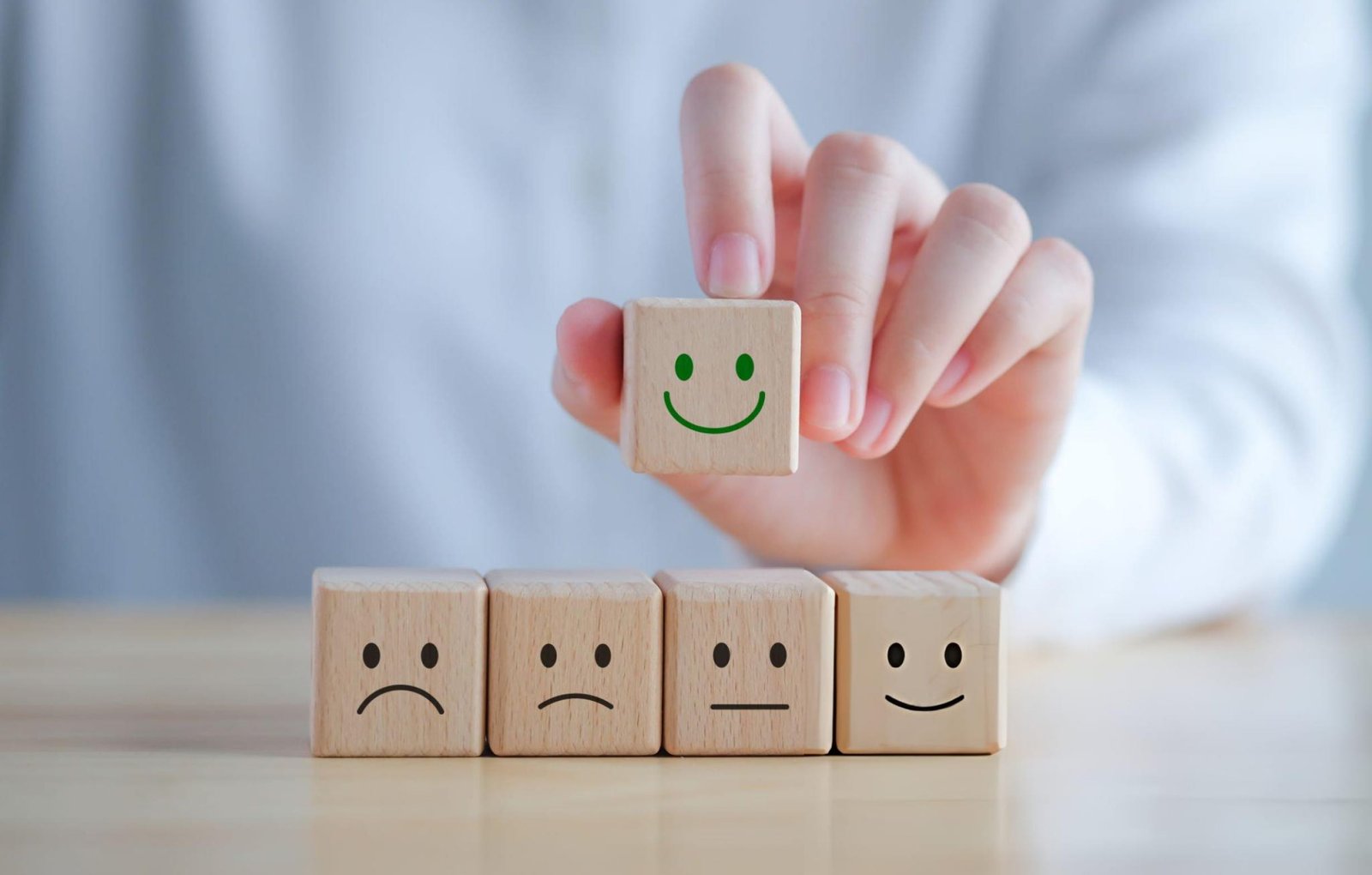Master the ABCs of emotional regulation—Awareness, Balance, and Coping—to take control of your emotions. Learn how to manage strong emotions with practical strategies and online tools.
The ABCs of Emotional Regulation: What It Is and Why It Matters
Ever feel like your emotions are running the show, and you’re just along for the ride? Maybe it’s anger boiling over in an instant or anxiety creeping just below the surface. Strong emotions can derail even the most composed among us, leaving us feeling powerless and overwhelmed.
But here’s the thing: learning how to manage strong emotions isn’t just helpful—it’s absolutely essential. Emotional regulation is your superpower for handling life’s chaos with calm and clarity. And the good news? It’s a skill you can develop, starting with the ABCs of emotional regulation: Awareness, Balance, and Coping.
Let’s break it down and explore these three pillars, along with actionable tips, examples, and even some online tools for emotional regulation to make mastering your emotions easier than ever.
A: Awareness of Emotions
Emotional regulation starts with one critical skill: awareness. You can’t manage emotions you don’t notice, and for most people, that’s where the trouble begins. One moment, you’re fine; the next, you’re snapping at someone or shutting down, not even realizing how you got there. Emotional awareness is about catching that shift before things spiral out of control.
What is Emotional Awareness?
It’s the ability to notice and name your emotions—without judgment. Instead of letting feelings swirl in the background, awareness allows you to pause and say, “This is what I’m feeling right now.” Simple, right? But incredibly powerful.
Why It Matters:
When you build emotional awareness, you stop emotions from hijacking your brain. It’s the difference between reacting impulsively and responding thoughtfully. Without awareness, you’re on emotional autopilot—a dangerous place to be.
How to Boost Emotional Awareness:
- Check in with yourself regularly: Pause throughout the day and ask, “What am I feeling right now?”
- Journal your emotions: Writing down how you feel helps you notice patterns and understand triggers before they explode.
- Use a feelings wheel: If you struggle to name your emotions, tools like a feelings wheel can help you get specific. The more precise you are, the better you’ll be at managing those emotions.
Example: Imagine you’re stuck in traffic after a long day. Someone cuts you off, and suddenly, you’re yelling at the steering wheel. Emotional awareness lets you pause and recognize the real trigger: your stress from work—not the traffic.
B: Balance Your Response
Once you’re aware of your emotions, the next step is learning to balance your response. This isn’t about suppressing your feelings—it’s about keeping them from taking over. You can feel anger, frustration, or stress without letting those emotions run the show.
What Does It Mean to Balance Your Emotions?
Balancing emotions is about responding instead of reacting. It’s recognizing what you’re feeling but choosing how to handle it. Instead of letting stress or anger dictate your actions, you pause, reflect, and respond intentionally.
Why It Matters:
Balancing your emotional response stops you from spiraling into reactive behaviors or overwhelming decisions. This is how you prevent snapping at a loved one or making impulsive choices you’ll regret. It’s the key to feeling in control, even during life’s most stressful moments.
How to Balance Your Emotional Response:
- Pause before reacting: Take a deep breath, count to five, or step away from the situation for a moment. This creates space to respond intentionally.
- Try grounding techniques: Techniques like deep breathing, Progressive Muscle Relaxation, or visualizing a calming place can help regulate your nervous system.
- Ask yourself: “What’s the best way to respond that reflects who I am and what I want?” Intentional responses always outshine emotional reactions.
Example: Let’s say your partner forgets to pick up groceries after you’ve had a stressful day. Balancing your response means pausing to breathe instead of immediately snapping, then calmly expressing how you feel.
C: Coping with Emotions in Healthy Ways
Coping is the final piece of the puzzle. Emotional regulation doesn’t mean never feeling overwhelmed—it means having tools to handle those emotions before they consume you. Healthy coping strategies allow you to process emotions without bottling them up or amplifying them.
What Does It Mean to Cope with Emotions?
Coping is all about finding tools that help you process your feelings in real-time—without suppressing or avoiding them. Whether it’s anxiety, sadness, or frustration, healthy coping strategies ensure emotions don’t spiral out of control.
Why It Matters:
Unregulated emotions tend to leak out in unhealthy ways. Maybe you snap at your partner because you’re stressed or withdraw from friends when sadness builds up. Without solid coping strategies, emotions pile up, leading to emotional burnout. Coping is how you handle emotions as they come, reducing their intensity and impact.
How to Cope with Emotions:
- Practice self-compassion: When emotions run high, remind yourself it’s okay to feel what you’re feeling. Harsh self-judgment only makes things worse.
- Try physical techniques: Movement, like going for a walk or practicing Progressive Muscle Relaxation, helps release tension and ground your mind.
- Use online tools: Apps like Calm, Insight Timer, or Moodpath offer guided meditations, mood tracking, and exercises to help you process emotions effectively.
Example: Feeling anxious before a presentation? Using Calm’s guided breathing exercises can help lower your heart rate and quiet your mind so you feel more prepared.
Why Learning How to Manage Strong Emotions Matters
Mastering the ABCs of emotional regulation—Awareness, Balance, and Coping—has a profound impact on your life. Here’s why it matters:
- It Strengthens Relationships:
Emotional regulation prevents conflicts from spiraling out of control. Instead of snapping or withdrawing, you respond calmly, which strengthens your connections. - It Reduces Stress and Anxiety:
By processing emotions as they come, you break the cycle of stress and anxiety that builds when feelings are left unchecked. - It Improves Mental Health:
People who regulate emotions effectively are less likely to experience chronic anxiety, depression, or burnout. Emotional resilience is a foundation for long-term mental health. - It Boosts Decision-Making:
Balanced emotions mean clearer thinking. When you’re not caught up in stress or anger, you make decisions that align with your values and goals.
Tips for Practicing Emotional Regulation Daily
Want to integrate emotional regulation into your life? Start with these quick tips:
- The Two-Minute Rule: When emotions rise, set a timer for two minutes. Close your eyes, breathe, and reset before reacting.
- The 5-Second Check-In: Before any major decision or response, ask yourself: “What emotion is driving me right now?”
- End-of-Day Reflection: Reflect on your emotional highs and lows. Did you handle them how you wanted? If not, plan how to respond differently next time.
Final Thoughts: Emotional Regulation is Your Superpower
Emotional regulation isn’t just a “nice-to-have” skill—it’s your superpower for navigating life’s ups and downs. The ABCs—Awareness, Balance, and Coping—offer a simple yet powerful framework to help you manage strong emotions, reduce stress, and build emotional resilience.
Start small: practice just one of these techniques today, whether it’s journaling your emotions, pausing before reacting, or trying an online tool. Over time, these strategies will transform how you handle life’s challenges—with clarity, confidence, and control.
Want more tools for emotional regulation?
Download your FREE Emotional Regulation Starter Kit and get practical tips to help you manage your emotions and handle stress like a pro.









